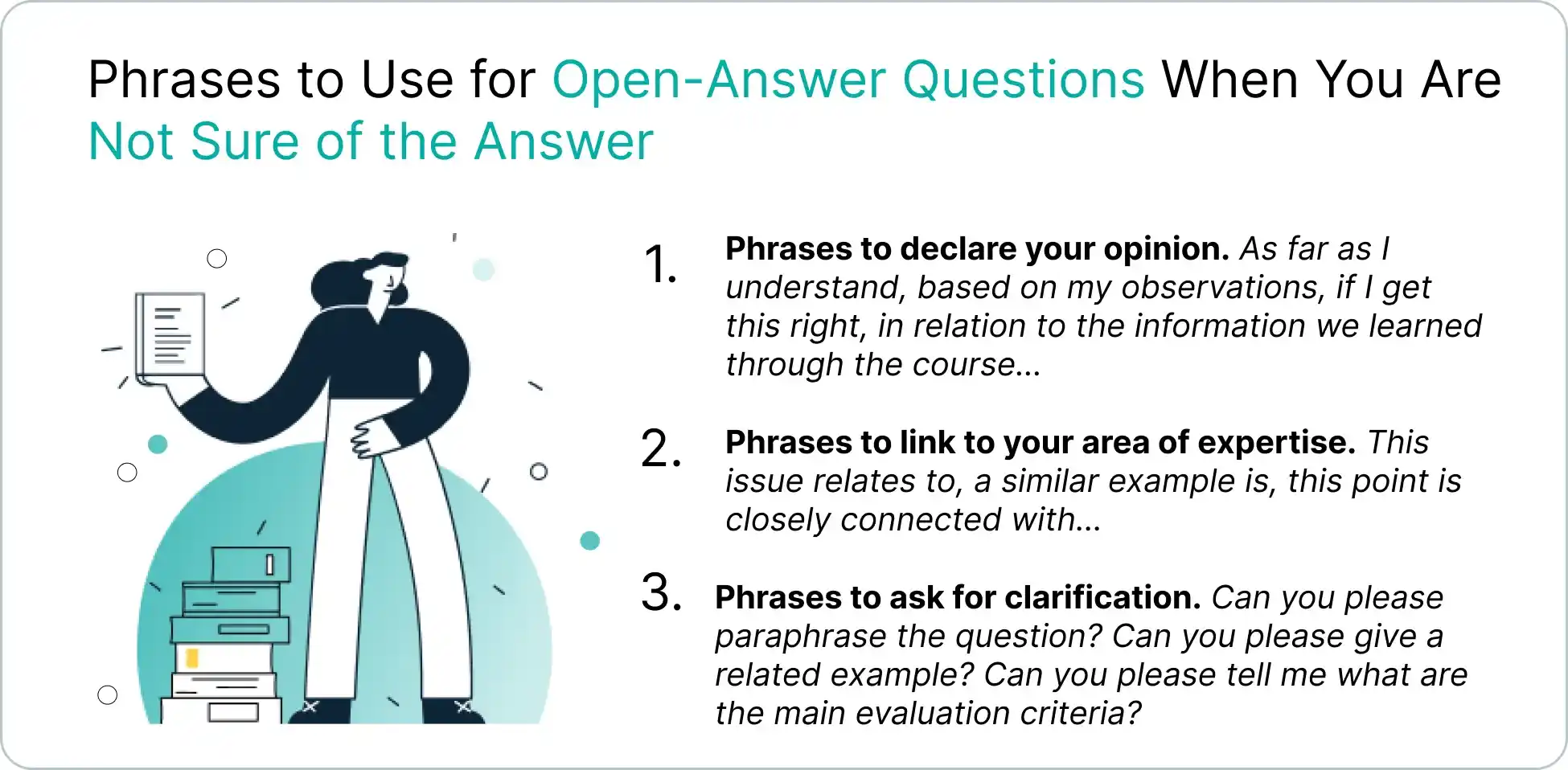A “mischief managed” comes from the Marauder’s Map ( a phrase from the “Harry Potter” book series) straight to the student’s reality: it’s the feeling you get when you pass a test without exhausting preparation. You may sometimes be wondering how some people get away with tests if they spent the day before casually hanging out. Moreover, they managed to get good grades without being accused of cheating. Well, that is because they did not cheat. There are actual ways to learn how to pass a test without studying or cheating if you know how to train your brain for the test. Read this article and save these test-taking techniques for your next exam.
For students seeking assistance with comprehensive assignments, our book report writing service offers expert guidance to help you excel without the stress of last-minute cramming.
Further in the article: |
How Is It Possible to Pass the Test Without Studying and Cheating?
We need a little bit of calculation to make the point. Let’s say you have visited all the lectures and did most of the course tasks, which earned you about 40 hours of concentrated work on the material. Will you be able to comprehend and remember 40 hours of work and up to 100 separate and complicated ideas? Not likely.
However, will you understand the concepts learned during all 40 hours and remember the general links between topics and ideas? Yes, absolutely. That is the key – passing a test is making sense of the material as a whole rather than specific details. Even if the question is severely narrowed and you did not prepare for the particular details of the test, the questions still fall into generic course concepts. Everything else is a matter of test-taking methods. Similarly, using AI for academic writing can help you organize your ideas and structure your essays, but it’s still important to actually understand the concepts so your work feels authentic and solid.
So, how to pass a test with A+ results if you are not prepared enough? Here are three key ways:
- Rely on your background knowledge and generic understanding of the topic
- Make sure you understand the assignment and main evaluation criteria
- Use the exclusion method and logical thinking
These methods are effective when dealing with a few major test types:
- One-choice test
- Multiple-choice test
- Open questions
- Essay tests
Below, you will find more details on different test types and how to apply three key principles to each one.
Passing a test is making sense of the material as a whole rather than specific details.
Type 1. Easy-Peasy Passing of a One Choice Test
Having one-choice questions is one of the easiest types of test. To pass an exam of this type, you must rely on your logic and determine the most suitable option. We’ll explain how to do it.
When it comes to more extensive academic projects, such as capstone assignments, our capstone project help provides the support you need to succeed without feeling overwhelmed.
Background knowledge
Let’s say you are passing a test on animal biology, and the question asks, “Which of the following is a characteristic of ectothermic animals?” The available options are:
- A) They maintain a constant internal body temperature.
- B) They do not have a constant internal body temperature and rely on metabolic heat for warmth.
- C) They have a high rate of energy consumption.
- D) They exhibit internal fertilization.
The problem is that you don’t remember what ectothermic animals means. Here is how to apply your generic test preparation for this question:
- Remember related terms. The first obvious thing is that the question concerns the animal’s body temperature. Anyone knows that body temperature is a biological and chemical process that happens through the digestion of food and energy production. That is a generic rule, but the question concerns a specific type of animal. Conclusion: we have to look for rule exceptions.
Understanding the assignment
The best way to pass an exam without knowing the answer is to understand the logic of the evaluation. So, step two in finding out what ectothermic animals are:
- Looking for the sequences in other questions. For instance, did any other question ask about body temperature? What are the options there? If there was a similar question about animal endothermy, can you draw conclusions from it? Let’s say one of the answers to the question, “What are endothermic animals?” was “animals that have a constant body temperature through metabolism.” Now we’ve got the hint.
Exclusion method
Once we understand the general idea, the best way to answer is to exclude all non-matching options. So, the next step is to examine the answers that your test proposes and cut them off one by one.
- Determine the most suitable option from the choices. Up to this point, we know that the question asks about particular types of animals and their temperature regulation, opposite to the endothermic type. The option “They exhibit internal fertilization” is irrelevant, and the option “They have a high rate of energy consumption” does not seem to suit the opposition of endothermic vs. ectothermic animals. Two options left. If endothermic animals are the ones that have constant body temperatures, then ectothermic ones have unstable temperatures. Option B is correct.

Type 2. How to Hack Any Multiple Choice Test?
Taking an exam with multiple-choice questions is the next level for your test preparation skills. You should carefully check similar options and pay attention to their phrasing. Below are some tips on how to pass an exam with multiple options questions.
Recommended reads
Background knowledge
- Write down your associations and thoughts. As you read the question and consider each answer, your brain consumes resources to evaluate each option. However, after you finish reading all available answers, you spend cognitive resources one more time comparing and contrasting them. Instead, write down your considerations while you read the answer, so it’s easier to put the thoughts together afterward.
- Mark the questions you are confident in and those that need revision. When you study for test, some questions are a piece of cake. You can develop your test-taking skills by crossing these questions straight out and putting your best efforts into more complicated cases.
Understanding the assignment
- Carefully read the question’s phrasing. Some questions may be formulated in the negative form (“Which of the following options does not…”) and some in the positive (“Which of the following options is…”). If you study for a tricky exam, practice these tangled questions so they do not confuse you in your next test.
- Consider the points assigned to each correct answer. Some tests go from simple questions to more complicated ones. The best test-taking tips you can get are to be wise about distributing your efforts and be considerate about your focus. Try resolving the tasks that propose the most points and then go to easier questions.
Logical thinking
Among other tips for test taking, the most effective one is to set a clear procedure for your thinking process. The students who studied for a particular topic but did not manage their soft skills will likely not meet the deadline and hence lose some valuable points. For instance, your process for the test may look like this:
- Read the question, allocate unclear parts (if any)
- Read the answers, and write down short remarks
- Consider if there is a tricky part in the question for the sequence of options
- Mark the correct answer
- Skip the question if I don’t know an answer
- Take a 20-second mental break between questions
“One important note while taking a test unprepared is to manage your emotions. You ARE clever enough to pass, at the very least, half of the questions, even unprepared. If you manage your emotions, your chances grow to about 75% of the questions.”
Akari Saito, a marketing student in New York
Type 3. Slaying Open-Answer Questions
If the test consists of diverse types of tasks, including one option, multiple options, and open answers, congratulations. You are slaying the most dreadful monster among the fellow test types – a mixed one. Although the tips for test taking generally remain the same as with previous types, there will be some adjustments in how we structure our behavior. If you have an open question in front of you, here are the key strategies for passing it:
- Do not leave a blank space instead of the answer. If you do not know what to write, use phrases like “as far as I understand” or “if I get this right…”, and write your suggestion on what the answer may be. Your professor or teacher will read this test, and you can still communicate through your written assignment in the same way as you do with the oral one. Your suggestion confirms your efforts and train of thought, knowledge, and skills, which is better than showing nothing.
- Start from the related topic. If you do not know a precise answer to the question but understand the general point, write down what you know and connect it with the question. For example, the question may be, “When did Germany attack Poland in WW2?” You may not remember the precise date, but you know that WW2 started in 1939, which is also a correct answer.
- Ask for clarification. Of course, you cannot ask the teacher a direct question, like “Can you please give me a hint?” The reason is that it would be considered cheating. However, you can ask to clarify the question in another way or explain the meaning of the complicated terms if you don’t get how they relate to the question. This advice especially relates to the broad questions, which you are expected to answer in the length of a paragraph.
Let’s say the question reads as follows: “Analyze the status of gender equality and women’s rights in today’s society. What are the most persistent challenges related to gender discrimination, unequal pay, and limited representation?”
In this case, you may ask, “Excuse me, can you please specify whether I should answer with a general analysis and my perspective on the issue or provide specific examples? I mean, what type of examples will be good for this question?” This question is quite reasonable and does not arouse suspicion. However, you will likely receive the hints and examples in the teacher’s clarification.

Type 4. Expert Advice on What to Do If You Lack the Time and Preparation for Essay Tests
If you study for a test, it is a little confusing to stumble across the essay writing at the end. Sometimes teachers can switch the format for evaluating your knowledge to ensure your background knowledge is solid and withstands any inspection. To be sure of our advice, we asked Nicolas Evans (professional writer at Customwritings.com, department of ESL, specialization – English literature), and here’s what he suggests in such cases:
- Take your time thinking about what to write. Your grammar, spelling, or structure can always improve, but your content is always most important. Professors expect to see insightful young ladies and gentlemen, not just perfect writing machines.
- Follow the instructions. It is easy to get carried away if you know what to say on the topic. However, if the instructions say “evaluate,” then do so, not generic reflections on everything that comes to mind. Pay attention to verbs like “compare and contrast,” “illustrate,” “prove,” and “argue,” as they will be the main evaluation criteria for your writing.
- Develop a clear thesis statement and stick to it. You will have little time in the test, so it’s essential to make your point crystal clear and profound. If you need to deal with an assignment in the sciences, a chemistry essay writing guide can help you structure your arguments effectively and stay focused on the topic.
Of course, our major advice is to read articles about how to study for a test rather than how to pass one without preparation. However, the best way to study is to always go for trial and error, so hopefully, this article will help you get the best scores! And once exams are over, don’t forget to reward yourself—browsing some student holiday ideas can be a great way to plan a well-deserved break and recharge for the next semester.





